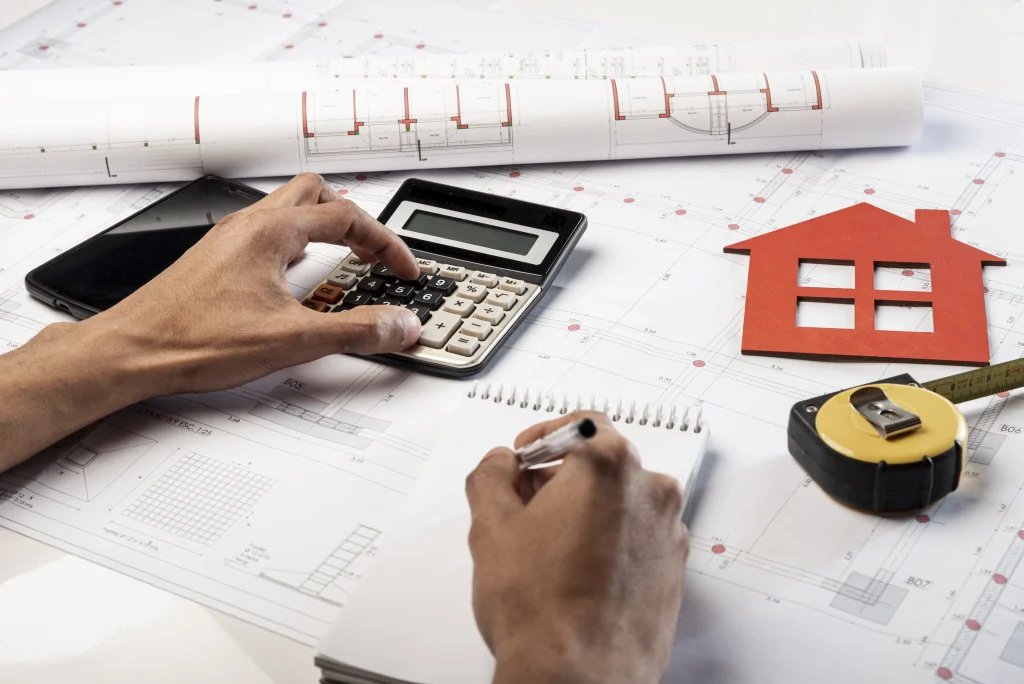Are Construction Cost Pressures Finally Letting Up?

In recent times, the Australian real estate market has experienced a prolonged period of escalating construction costs. Whether it be building new homes or undertaking renovations, both homeowners and investors have felt the strain of rising expenses. However, there might be a glimmer of hope on the horizon as recent trends suggest that the construction cost pressures could be starting to ease. CoreLogic’s Cordell Construction Cost Index (CCCI) for the June quarter indicates some positive developments, providing a ray of optimism for those involved in the property market.
Is There a Light at the End of the Tunnel?
The quarterly growth rate of CCCI has shown signs of deceleration, standing at a modest 0.7%. This figure marks the lowest growth rate recorded since September 2020. While it may not seem like a drastic decline, it does indicate a potential shift in the construction cost landscape. A slowdown in the rate of increase is always welcome news for prospective homebuyers, sellers and investors alike.
A Look at the Bigger Picture
Taking a step back and looking at the broader perspective, the annual CCCI growth of 8.4% shows improvement compared to the previous year. This data suggests that the once skyrocketing construction costs might be starting to stabilise. Such developments can have a positive impact on the real estate industry — these make housing more accessible to potential buyers and potentially increase investor interest.
Understanding Material Volatility
The construction sector has been no stranger to volatility, especially concerning different material types. However, the good news is that significant increases in material costs have started to subside. While some variations in prices are still observed, the overall trend points towards a more balanced scenario. This could be a sign that the worst of the cost pressures might be behind us.
Regionally, the construction cost scenario has been diverse across states. Queensland and Western Australia, in particular, have experienced varying growth rates. For example, Queensland might be witnessing a more significant deceleration in costs compared to Western Australia. These regional differences can have implications for buyers and investors in terms of where they choose to invest or build.
Dwelling Approvals: A Potential Game Changer
The number of dwelling approvals plays a crucial role in shaping the construction cost landscape. A drop in these approvals can lead to reduced pressure on both material costs and labour supply. When fewer projects are on the horizon, the demand for construction materials and skilled labour tends to level off. This can provide some relief to construction companies and ultimately benefit consumers.
Despite the potential easing of construction cost pressures, the industry is not entirely in the clear. The tight labour market conditions continue to exert pressure on wages. With a shortage of skilled workers, construction companies may find it challenging to keep labour costs in check. As a result, some of the benefits from easing material costs could be offset by higher wages.
Unemployment and Wages Outlook
According to CoreLogic Construction Cost Estimation Manager John Bennett, amidst the backdrop of a tight labour market, the industry continues to grapple with wage pressure. And the key to understanding the wage pressure lies in the overall economic situation. Australia’s unemployment rate and the forecast for the future can provide insights into how wages might evolve. If unemployment remains low and the economy continues to recover, wages could keep rising, impacting construction costs.
CPI Outcomes and Inflation Numbers
A significant component of the overall economy, the construction industry’s slowdown has been mirrored in the Consumer Price Index (CPI) outcomes. As construction costs ease, there could be potential implications for inflation numbers. A slowdown in construction cost growth can contribute to stabilising inflation rates, which could have wider implications for the economy.
The construction sector’s performance is closely tied to the housing market. As the construction industry sees signs of recovery, it can have a positive domino effect on the housing market. More housing options become available, and this, in turn, affects supply and demand dynamics. The shift from a construction industry slowdown to a housing market recovery can signal a brighter outlook for the property market as a whole.
Wrapping Up
The potential easing of construction cost pressures is encouraging news for the Australian property market. With signs of deceleration in the CCCI and a reduction in material cost volatility, the industry seems to be moving in a positive direction. However, it’s essential to keep an eye on the broader economic conditions, wages outlook and housing market performance to gauge the long-term impact. For now, though, there’s reason to be cautiously optimistic about the future of real estate in Australia.
At Hill & Viteri Property, we are committed to helping you navigate the ever-changing landscape of the Australian property market. Whether you’re looking to buy or rent a house, sell your property or venture into the property market as an investor, our friendly and genuine team is here to guide you every step of the way. Contact us today to experience the Hill & Viteri difference.
